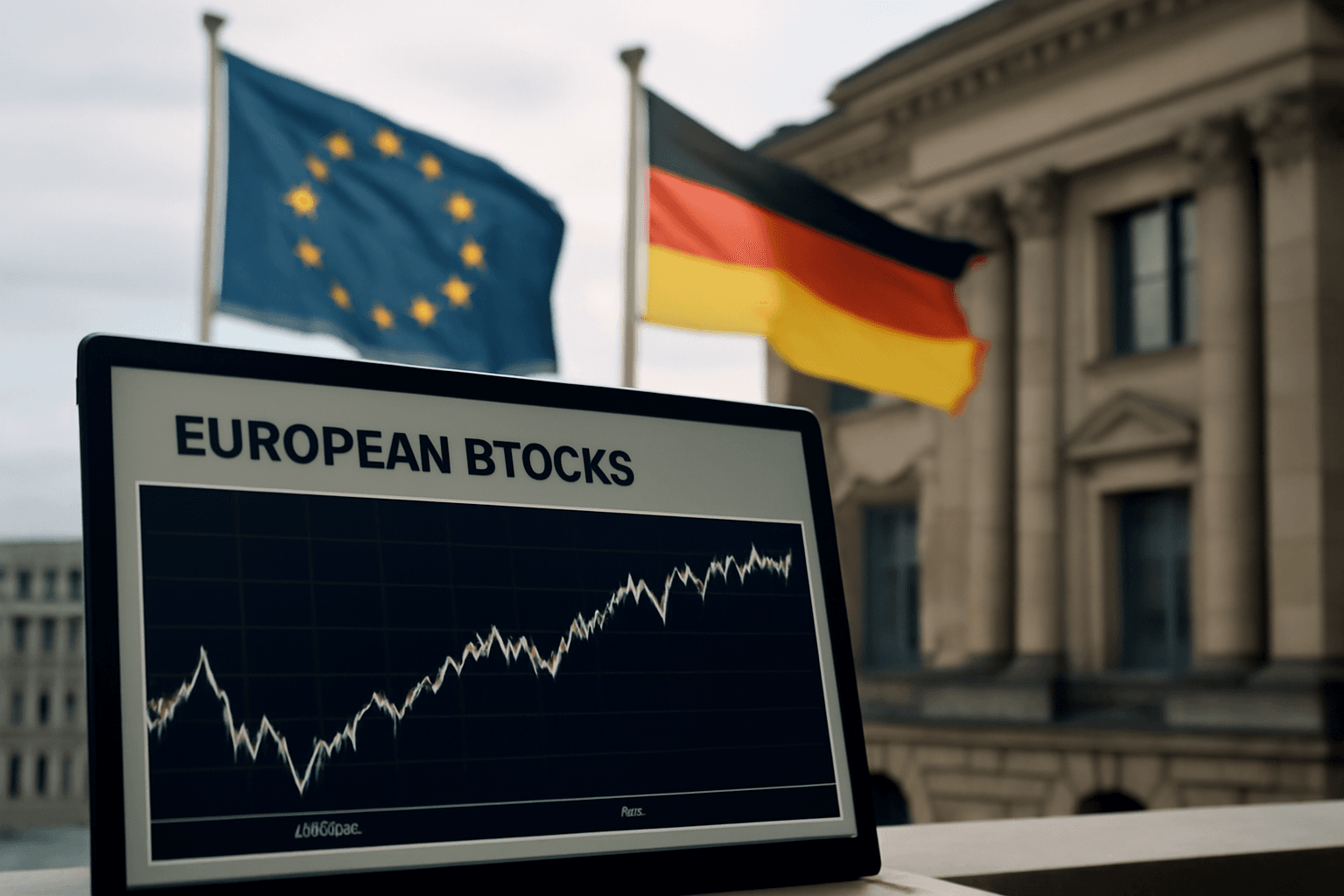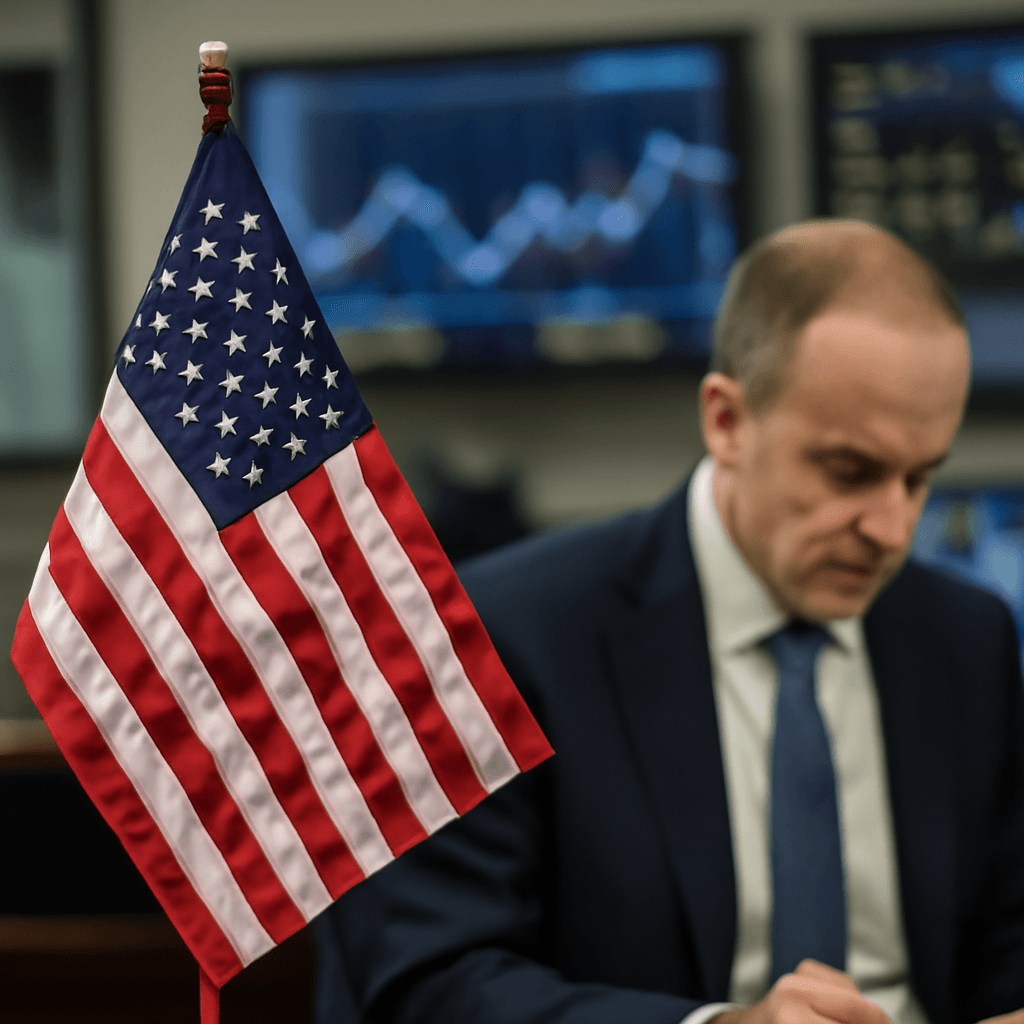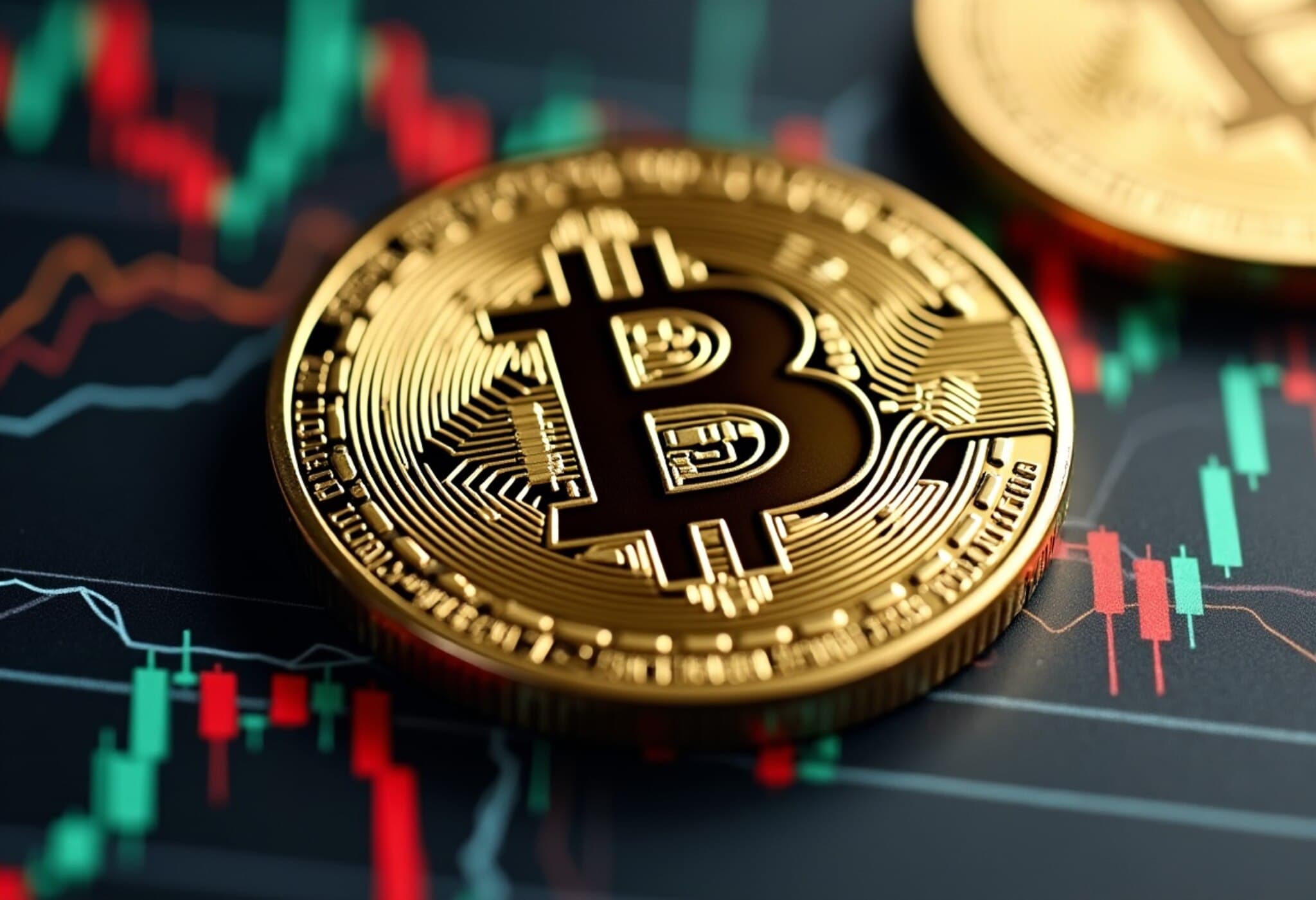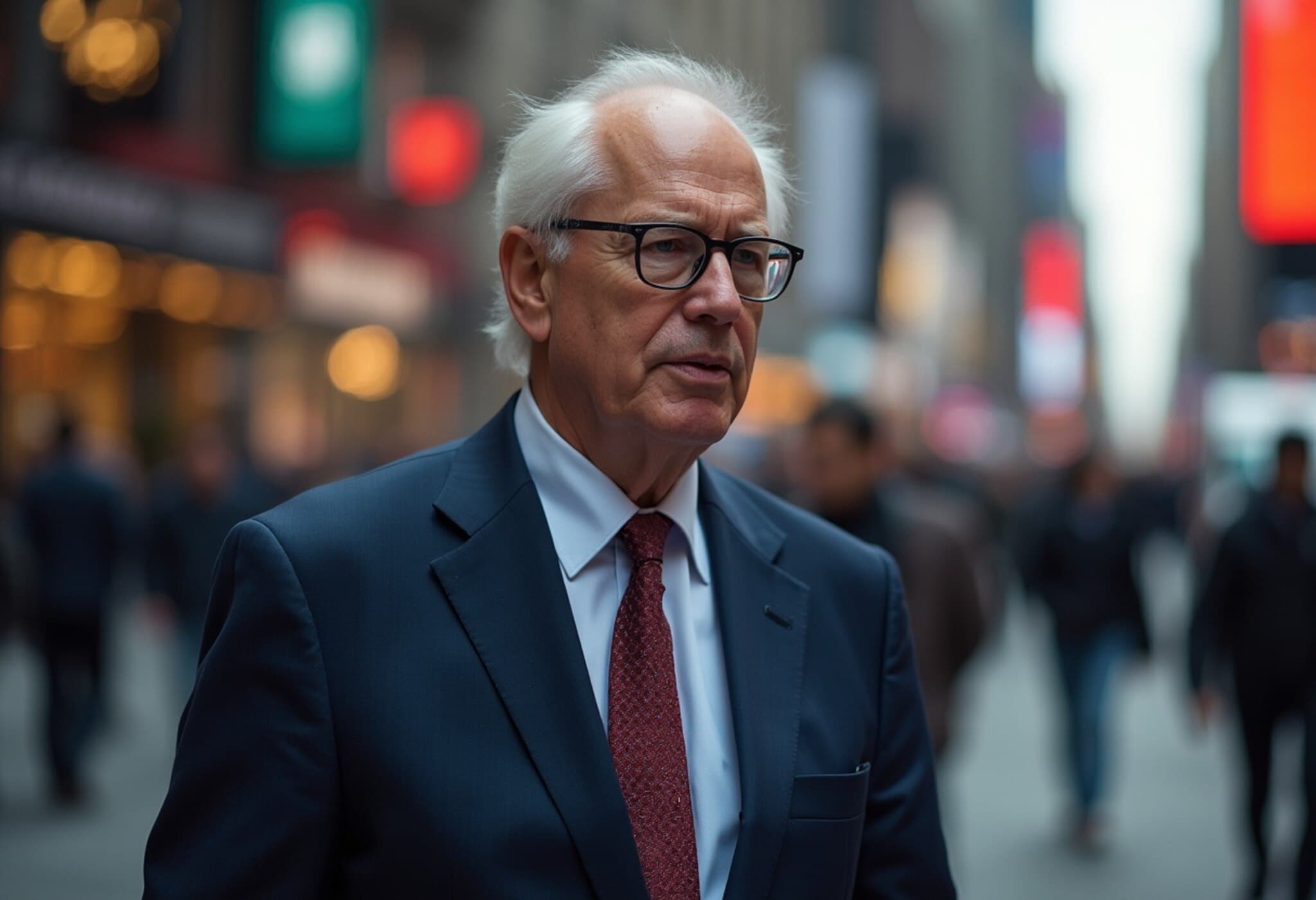The Rise of Hedge Fund-Style ETFs: A New Frontier for Investors
Exchange-traded funds (ETFs) adopting hedge fund-like strategies have surged in popularity, offering investors exposure to alternative approaches once reserved for the ultrawealthy and large institutions. While these products promise diversified, market-unlinked returns, they bring complexities, higher fees, and nuanced risks that merit careful scrutiny.
Hedge Fund Strategies Become Accessible Through ETFs
Traditionally, hedge funds have required multimillion-dollar minimum investments, placing them beyond the reach of most individual investors. Today, ETFs employing similar strategies have amassed over $5 billion in assets, democratizing access to alternatives such as event-driven trades, managed futures, and global macro approaches, according to ETFAction.com data.
The growing ETF lineup includes offerings like Unlimited's suite launched by a former Bridgewater Associates investment committee member. These funds carry an expense ratio near 0.95%, considerably higher than the typical 0.03% charged by standard index ETFs like Vanguard's S&P 500 fund. This price premium reflects the specialized management and unique strategies employed.
Understanding the Potential Benefits and Challenges
Diversification Beyond Traditional Markets
Mike Akins, CEO of ETF Action, highlights that these strategies aim to deliver uncorrelated returns, performing independently from stock and bond markets. This potentially provides a hedge in volatile or bear markets, filling roles traditional fixed-income or equity assets might struggle with.
- They can serve as a diversification tool within a portfolio.
- Offer absolute return potential across different market cycles.
- Provide alternative sources of growth or protection in downturns.
Complexity and Varied Performance
However, the umbrella term “hedge fund strategies” encompasses a wide variety of tactics with vastly different risk profiles, making it vital for investors to examine each fund’s methodology and past returns carefully.
According to Akins, correlation to traditional markets can range significantly even among similar-sounding funds. Some produce genuine negative correlation, acting as effective diversifiers, while others behave more like conventional equity or bond funds.
Todd Sohn, senior ETF strategist at Strategas, points out that while access to such sophisticated strategies is a breakthrough for retail investors, the learning curve is steep. These funds may engage in long and short positions or invest across asset classes such as commodities, demanding a higher degree of investor education and due diligence.
Who Should Consider Hedge Fund ETFs?
Experts generally advise that hedge fund-like ETFs are best suited for:
- Accredited investors and those with sizeable portfolios seeking to protect and preserve existing wealth.
- Investors under professional financial guidance who understand the product’s nuances and risks.
For younger or less experienced investors focused on long-term growth, alternatives such as low-volatility stock ETFs or diversified bond funds often offer sufficient risk mitigation without the complexity or cost.
“These products are not a ‘you only live once’ gamble,” Akins cautions. “They serve a specific purpose in guarding against market downturns rather than maximizing growth.”
Cost Considerations and Transparency
The average expense ratio for alternative ETFs tracked by ETFAction.com stands at roughly 0.92%, with some funds charging over 2%. Investors must weigh whether these higher fees are justifiable by the level of diversification and risk reduction provided.
Transparency is another challenge. Unlike traditional ETFs, where holdings are straightforward and easily audited, hedge fund ETFs often run dynamic, proprietary strategies that make portfolio analysis more complex. This underscores the importance of thorough manager due diligence over simple fee comparisons.
A New Chapter in ETF Investing—But Buyer Beware
The inclusion of hedge fund elements within ETFs is reshaping the landscape of retail investing by merging alternative strategies with market liquidity and accessibility. However, with this evolution comes a greater responsibility to understand what exactly investors are buying.
Managed futures ETFs exemplify this variance—year-to-date returns range dramatically, with some up 3% and others down over 10%, underscoring the inconsistency inherent in alternative strategies.
Financial professionals urge caution, recommending these strategies primarily as complementary tools for portfolios already sizable enough to accommodate potential volatility and higher fees.
Looking Ahead: Alternatives in a Shifting Market Environment
With concerns rising over traditional bond market returns and interest rate volatility, alternatives offered through hedge fund-style ETFs could carve out a growing niche as substitutes for conventional fixed income in diversified portfolios.
Key questions for investors include:
- Does the fund truly deliver uncorrelated, downside-protective returns?
- How transparent is the strategy, and can I evaluate the risks effectively?
- Am I paying a premium worth the potential benefits?
- Where does this fit within my long-term investment goals and risk tolerance?
Editor’s Note
The rise of hedge fund-style ETFs marks an innovative convergence of alternative strategy sophistication with everyday investing convenience. Yet, Investors must resist the allure of “one size fits all” solutions and approach these products with informed caution.
As these funds continue to evolve, ongoing education, transparent communication from asset managers, and personalized financial advice become essential to harness their potential without succumbing to misunderstandings or excessive costs.
Ultimately, for most retail investors, sticking with broadly diversified, low-cost funds will remain the prudent path. But for a select segment, these alternative ETFs could offer valuable portfolio insurance — provided due diligence and strategic allocation guide their use.















